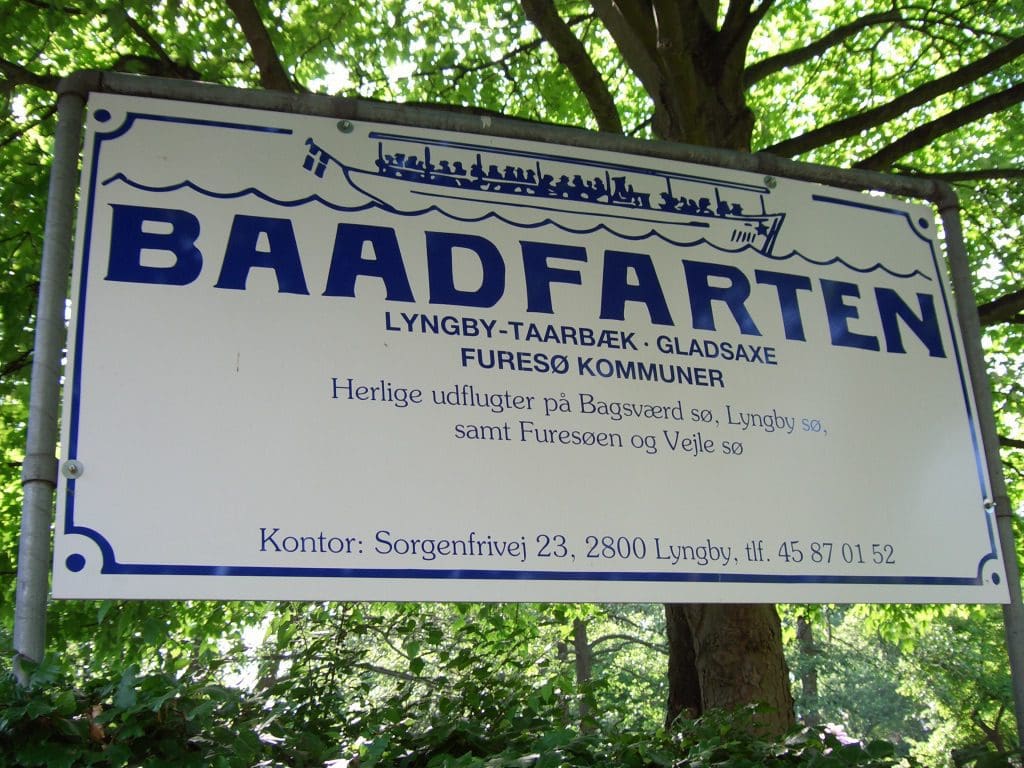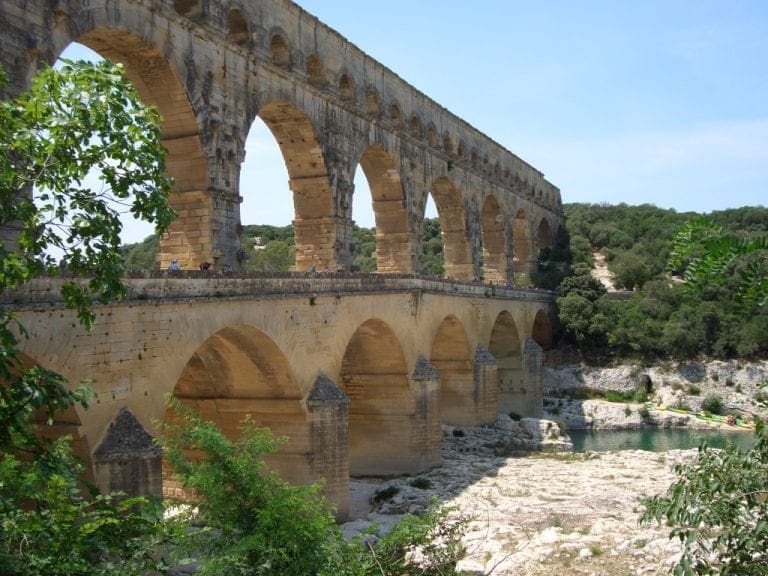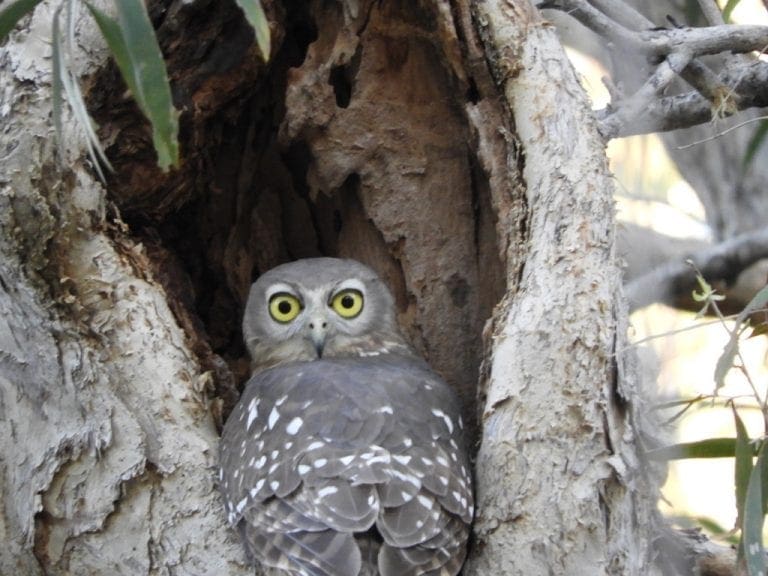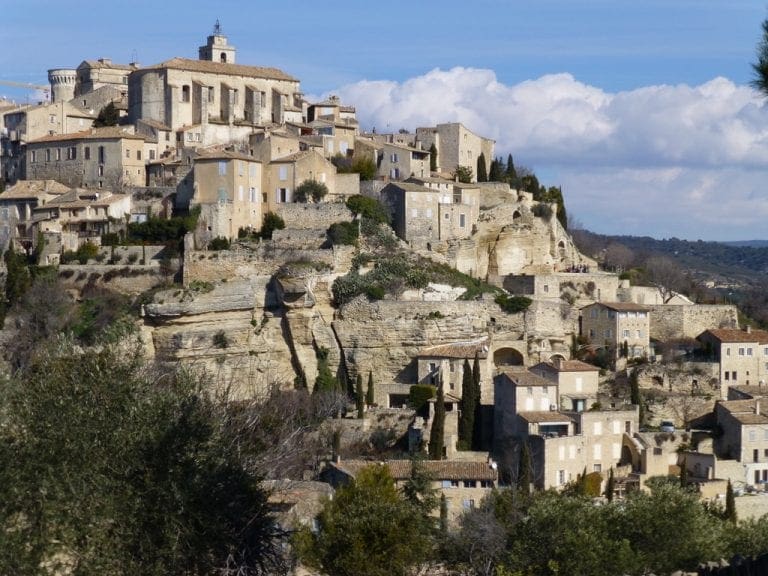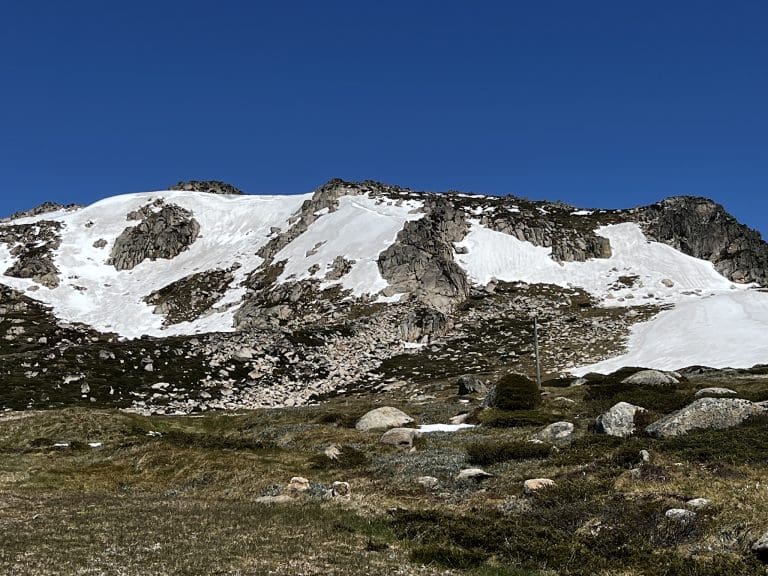Denmark 4
28/5 Woke to a misty morning that deposited just enough wet to make it uncomfortable. By mid-day the caravans that had filled the camp-ground were moving out. By night we were left with the few dozen or so regulars who have come here ‘for the season’. Yes, that is right. People in Kopenhaven drive their caravans 10 km from their ‘winter house’ to spend the summer in a caravan park. Then go home to do the washing.
This was another holiday, so when the sun came out at mid-day we joined the flood of Danes to outdoors – we went Baadfarten – a boat ride that goes around the lakes at Lyngby. Very popular with the locals, the boats have been running these holidays and weekend trips for a hundred years. The water ways and canals were full of Danes out in boats – mainly canoes but also many sea Kayaks. (Al, we saw a few that looked remarkable like several Horizons.) There are little ramps for the canoes/kayaks to be dragged (lifted) along to handle the water level changes between lakes. A very pleasant afternoon putting along in a wide bottomed boat with a flock of locals on a holiday outing.
29/5 Raining again
30/5 Intermittent rain. Spent some time cruising the shops. I am looking for a good pair of walking sandals, however they are expensive here so will wait till France to try my luck. Crocks are all the rage here this summer and are selling for A$100.
31/5 Sunny day – so I did the washing and cleaned the car in preparation for take off.
1/6 The office where Geoff is has a tradition of bringing bread rolls, cheese and jam on Friday. Today was Geoff’s turn, so we lined up at the local bakery with lots of others buying the same things. (Yes, the bakery sells cheese and jam and fruit juice) A common tradition you might say.
2/6 Departed Denmark on a slightly rainy morning – what would you expect – and began the long drive south. Motorway driving all the way. A big hold up in the traffic as we were leaving Kopenhaven while they dropped a road overpass onto the road in front of us and then cleaned up several tonnes of concrete rubble. We filled up the car with the last of the Danish Krone and managed to leave with just 75 ore, a few cents. Excellent work. Caught the ferry from Rodby to Puttgarden in Germany. We were the second last car on. The ferry was expensive at 56 Euro (AUS $91). Using it saves about 15 minutes in elapsed time and 115 km driving. It was packed with fast food and ‘duty free’ outlets full of Danes eating up big before going to starve in Germany. That was where the ferry company made the cream. Nice profit. Then onto the Germany motorways. This generally takes considerable concentration. Mainly because of the occasional car wanting to do 200+ kph – which we think is madness, particularly on two lane motorways. Most cars were driving at about 120-150. A few at 180. Almost no trucks, because it was a Saturday. Unlike the trip up a few weeks ago. We did drive for almost half an hour watching the traffic going the other way absolutely stopped. People had opened their doors and many were having conversations/picnics on the side of the road. Realised that we needed a bigger water container for such incidences on hot days.
German motorways are always under repair. They appear to just put up a few lines to channel the traffic and make new bridges and overpasses and ramps. Constant upgrades. The traffic just slows down and sometimes stops but mainly keeps on keeping on while the engineers deliver a new bit of road – lots of new motorways being built in what was East Germany.
We did over 600 km for the day and camped at a little place between Osnabruck and Dortmund. This was a very big camp site full to the brim with stationary vans. The travellers (us) were shunted off to a field about 300 metres from the amenities block, which was clean but no toilet paper and the showers were all locked – extra. Not civilized these Germans.
3/6 An early start again and another very long day on the motorways. 650+km, made more difficult by the motorway we were on (the A1) being barricaded off in yet another German motorway roadworks and all traffic diverted into Koln with no indication of where to go next. We followed the girl’s instructions and made a big loop that eventually brought us back out – to just in front of the barricade again so around we went – with all the other cars in a nightmare traffic jam. Geoff muttered,’ Fucking Germans’ for at least an hour. We had to turn the girl off and do the navigation ourself as she kept trying to send us back to the barricades. We ended up taking motorways to Koblenz just to avoid the snarl of Koln. This diversion and circling added 45 minutes to the already long day. Along the way, we went past the Nurburgring, a chunk of road where you can pay your Euro and drive your superfast car around a public race track. We had seen it on Top Gear and then went past the real thing. The rev-head capital of a rev-head country.
Then to Luxembourg. The fuel was very cheap there compared with France and Germany and the line up was the longest we have seen anywhere.
Then to France. What a relief, no more idiots roaring past at 200+kph.
Helen’s hay fever began as soon as we crossed the border.
We made our way down along tollways (13.80 euro) to our first stop near Sezanne in Champagne country. Sezanne was having its annual boot sale market and the street were all closed off. It was also Sunday and so everything was shut. After much searching and with great reluctance, we had dinner at a kebab place. It turned out to be excellent. A meal to remember. A chicken kebab, no bread, served on couscous. In France, the kebabs are something to write home about.
A final few words on Denmark.
Bicycles certainly rule the road. To the car driver, they are a complete menace. They have complete right of way. Don’t hit one or be hit by one – even if you are parked. There is a bike lane alongside most roads (between the road and the footpath) in the Kopenhaven area. Its placement there means that cars cannot run up onto the footpath to get out of the way of the traffic and so they block off the car lane. Also, as Helen found, if you put the nose of the car out to check for oncoming cars, the inconvenienced cyclists shout at you.
Water. We asked how Denmark maintained water pressure when the highest point in the country is only 160m above sea level. The answer was that each tap has to a small electric pump that delivers a preset pressure. Every tap. The water towers that dot the country side are just to handle power outages. All Denmark’s water comes from underground reserves. They say that despite all the water drawn from the reserves they are as full now as when they began. Having said that, it is very hard water. It does not lather easily and it ate our billy, after just a few cups of coffee.
Recycle. PET bottles are re-used 23 times. Each bottle is stamped at each re-use. (In Oz, bottles are used just once.) Beer bottles are re-used until they break. Each beer bottle, PET bottle and aluminium can has a 1 DKK charge when purchased that is refunded when it is returned. The cynics say it keeps foreign beers out of Denmark as they cannot recycle foreign bottles.
Speaking of beer. We still felt surprise at seeing beer served in most coffee shops – many had draft beer on tap. Not bars, but Kath’s coffee shop with beer on tap. The Danes think (and we agree) that our surprise was due to the wowser English church influence that saw as a bad thing any coins going to a place other than God’s plate. It is strange that something like beer being served in a coffee shop can cause a small shock.
Cheese. The Danes have excellent cheese – soft and extremely smelly. Geoff usually had cheese and bread at work for lunch. It was enough for Christoph (with whom Geoff shared a room at work) to throw the window open to get a little relief. Excellent cheese. Poor Christoph.
Engineering and design. Denmark is rightly proud of its engineering and design skills. They know how to build and how to design clean, no-frills products. Some amazing road-works and very beautiful buildings. Also day to day objects in the home.
Naerum camping. This was a very good place to stay. A very big campground with good amenities. Helen got a bit lonely while Geoff was at work, but overall a good place. Hope we can find as good as we go south.
Inclusively. The Danes are a very socially inclusive people. We have been greeted by strangers and people have worked hard to get us into their activities and join their ways-of-life.
We liked Denmark and the Danes.
